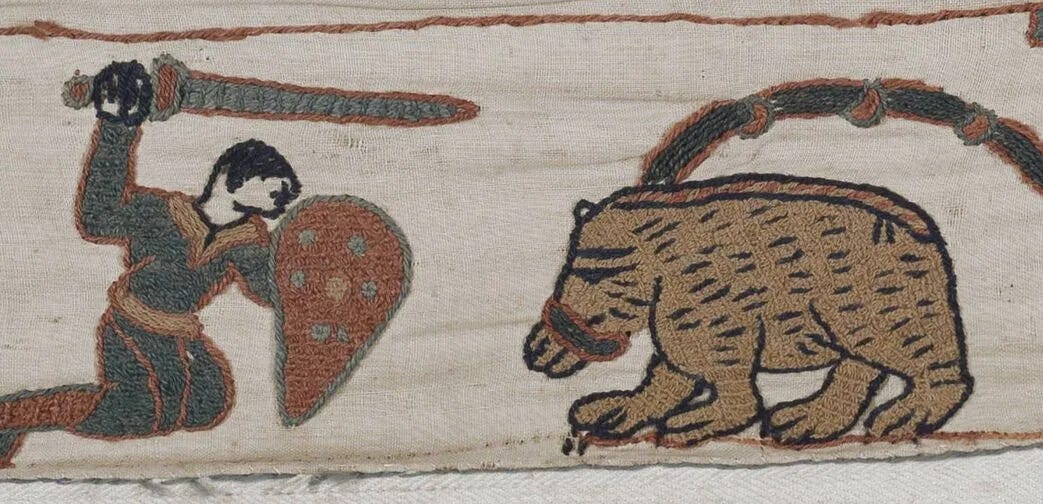Welcome to Thursday Things! If you enjoy this edition, please click the heart icon in the header or at the end of the post to let me know.
Many are called, few are chosen. Photo by Fletcher Pride on Unsplash
Rubik just got cubed
Those of us who were kids in the 80s remember what a craze Rubik’s cube was. I think we all gave it a go at least once. I’m sure today there are any number of YouTube videos and websites showing how to solve the fiendish puzzle in a decent amount of time. But back then if you wanted tips on cube solving, you had to buy a book that promised to explain the solution. I had a book and I did solve the cube a few times following along with its instructions. But solving a Rubik’s cube in the wild, with no hints, usually eluded me.
I’m more of a words guy. Spatial geometry is not really my thing.
You know whose thing it is? 21-year-old Max Park, who just set the world record for solving Rubik’s cube in the fastest time.
His time? 3.134 seconds.
Yeah, that’s pretty fast. I saw someone do it in 30 seconds once. I thought that was fast. Apparently not.
A California native set the new world record for solving a Rubik's Cube, smashing the record in just 3.13 seconds at an event on Monday.
Max Park, 21, has won over 400 events against fellow 'cubers' and was even featured in a Netflix documentary called The Speed Cubers in 2020.
Park, who was diagnosed with moderate to severe autism as a child, set a new world record in what's known as the 3x3x3 single-solve competition, according to the World Cubing Association.
In the video as Park makes several attempts to break the 3.47 second record that had been in place for over four years and set by China's Yusheng Du at the event in Long Beach, California.
Park and everyone around eruptted into loud cheers and appear as if they've had their minds blown as his 3.13 second time is shown on a scoreboard.
Utterly amazing.
Almost as amazing — there’s a World Cubing Association.
I’m not sure how this record can be beat. I think for anyone to be faster, they’d have to share Max’s evident super-ability of looking at the cube and knowing exactly what sequence of moves he needs to make to solve it … and then have faster hands.
There must be a physical limit to how fast anyone can turn the cube. I’m sure there are people who could turn it faster than Max, but they don’t know what moves to make.
So while I’m not up to speed on the cubing world, it looks to me like the only person likely to beat Max Park’s record is … Max Park. He just needs to do more finger yoga!
Congratulations, Max.
Bingeing Netflix in Medieval times. Source: Bayeux Museum
Details that may have gone right Bayeux
It’s history listicle time! You know I’m a sucker for these things. This item comes to us from Medievalists.net, who present 10 Little Details in the Bayeux Tapestry You May Have Missed
I’ve been to Bayeux and seen the famous tapestry. I may have noticed one or two of these details during my visit, but I’m sure I missed most of them. You have to remember that tapestries like this were the news media of their day. The Bayeux tapestry, which depicts the events of the Norman conquest of England in 1066, was news, textbook, and royal propaganda all in one. But it was also entertainment and there are all sort of fascinating and sometimes amusing details to liven up the history lesson.
Like the happy horses below:
“I’m on a boat!” Source: Bayeux tapestry via Medievalists.net
From the article: “Some of the horses the Normans took with them to invade England seem to be enjoying the voyage.”
Those horses do look way too happy to be at sea in a crowded leaky boat crossing the English Channel.
There is also this cute bear:
“This is not a fair fight, Medieval guy.” Source: Bayeux tapestry via Medievalists.net
Unfortunately he’s also a sad bear, for he’s been tied to a tree to engage in the since-banned sport of bear-baiting. Which, spoiler alert, rarely ends well for the bear.
From the article: “On the bottom margin there is a scene where a bear has been tied to a tree, while a man seems ready to attack it. Bear-bating – chaining up a bear so it could be attacked – was an unfortunate practice in England up to the 19th century.”
Click through to the article to zoom in on several more tapestry details. And learn more fascinating facts about the tapestry (such as that it is actually an embroidery) here:
Bayeux Tapestry: informative website from the University of Wisconsin-Oshkosh
More curing cancer please
We often on Thursday Things feature dubious achievements from the world of science, the kind of things that might lead to the Planet of the Apes, the robot uprising, or other world-ending scenarios. Hey! Let’s take this infectious virus and see if we can make it even more infectious! That kind of thing.1
But we also like to highlight positive science news, such as the new energy technologies we covered in the last two editions. And my favorite science topic of all is promising new treatments and cures for disease.2
The boffins at the University of Pennsylvania are doing just that:
Engineered white blood cells can eliminate cancer, shows study
By silencing the molecular pathway that prevents macrophages from attacking our own cells, University of Pennsylvania engineers have manipulated these white blood cells to eliminate solid tumors.
Cancer remains one of the leading causes of death in the US at over 600,000 deaths per year. Cancers that form solid tumors such as in the breast, brain, or skin are particularly hard to treat. Surgery is typically the first line of defense for patients fighting solid tumors. But surgery may not remove all cancerous cells, and leftover cells can mutate and spread throughout the body. A more targeted and wholistic treatment could replace the blunt approach of surgery with one that eliminates cancer from the inside using our own cells.
Dennis Discher, Robert D. Bent Professor of Chemical and Biomolecular Engineering, and postdoctoral fellow Larry Dooling provide a new approach in targeted therapies for solid tumor cancers in their study, published in Nature Biomedical Engineering. Their therapy not only eliminates cancerous cells, but teaches the immune system to recognize and kill them in the future.
Sounds great! And, of course, this item only proves once again that mice get all the good stuff first:
When tested in vivo, the engineered cells were able to eliminate tumors in 80% of mice. Importantly, tumor elimination triggered an adaptive immune response. Weeks later, the anti-cancer immunoglobulin G antibody increased.
What a time to be a mouse!
Thank you for reading!
Please click the hearts, leave a comment, and use the share feature to send this issue to a friend who might enjoy it. See you next Thursday!
Obviously no one would be stupid or irresponsible enough to do that, of course. Merely a hypothetical example.
Which is a much better than taking existing diseases and making them worse. Because imagine what could happen if you were making some virus more virulent and it got loose.






